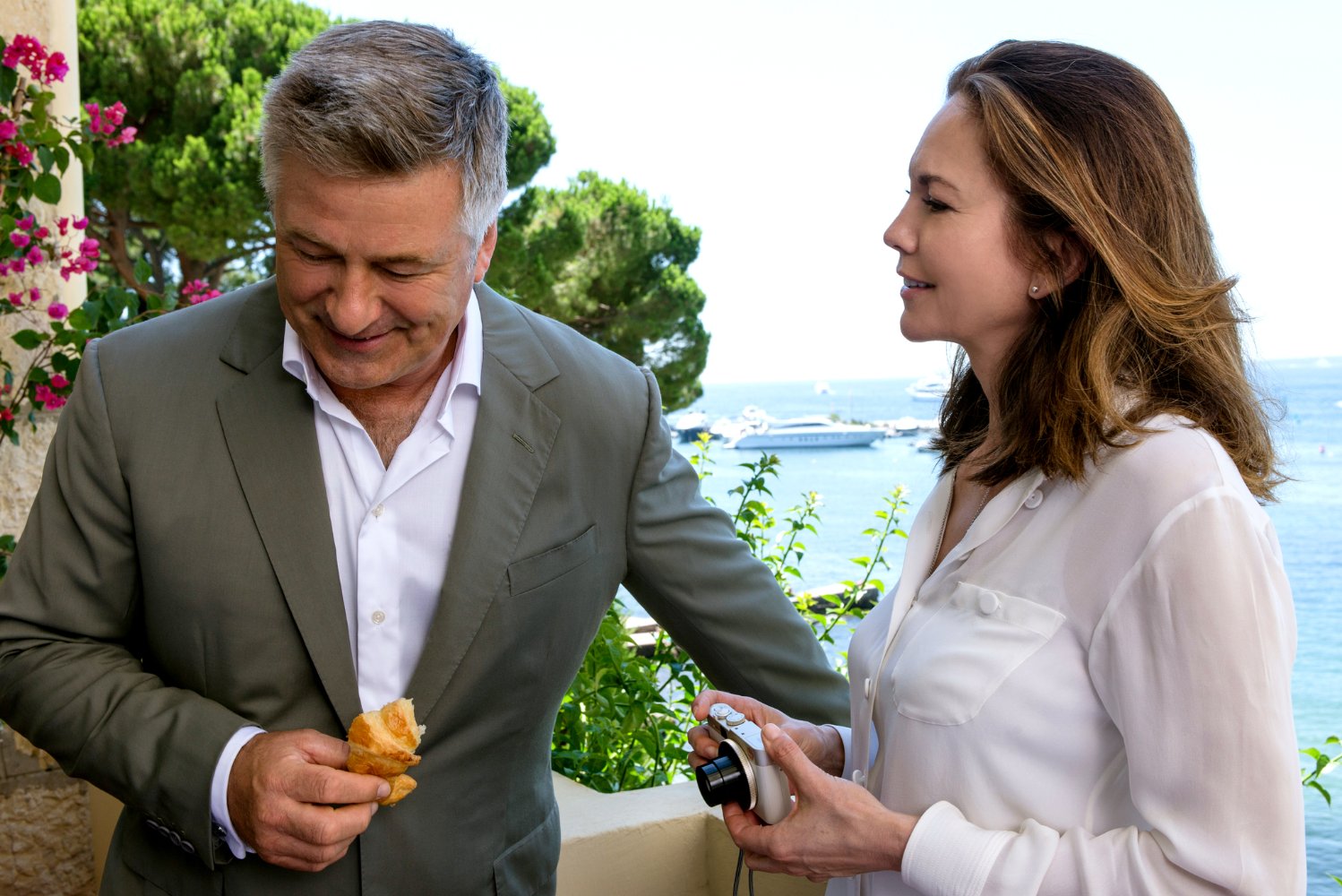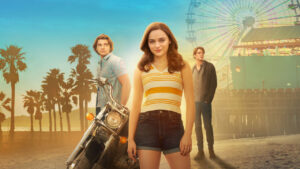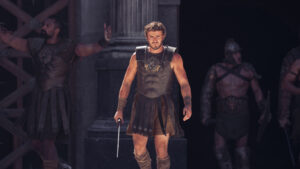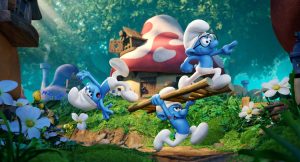Paris Can Wait begins with a jazzy number. Anne (Diane Lane) leans reflectively against her hotel balcony while staring out at the sparkling French coast. She muses at her croissant breakfast and snaps a few photos that are simple yet striking—a paradox that defines the film. Her workaholic husband (Alec Baldwin) yaps on the phone. Viewers get the sense that though Anne is surrounded by love and beauty, she is very much alone. After a few small hiccups, Anne ends up leaving her husband to his business travels for a few days while his partner, Jacques (Arnaud Viard), drives her to Paris. In this film, life is about the journey, and the duo’s journey is a lesson on taking the time to smell the roses. And the French lavender fields. And the wild watercress.
The director, Eleanor Coppola, mixes delightful banter, sumptuous meals, and gorgeous landscapes in her film that embodies Parisian style: minimal, elegant, and natural. Anne’s journey begins in camel trousers and a white button down shirt. For the duo’s first dinner, the first lesson in the power of indulgence, Anne wears a poppy red shift dress. She stuns, splurges, and seduces. With the day’s outfit change comes experimentation in letting go, flirting, and extravagance. The scene, like others, is long and careful, allowing the viewer to follow the new friends’ exchange, tracking looks and smiles through every artistically-plated course and every new shade of wine.
For the next installment of the characters’ journey, Anne slips on a white tee and navy skirt for a day of strolling across France that includes a spontaneous picnic, a fabrics museum, a velvety former lover on Jacques’ end, escargot (and the fabulously cliché experience of eating them), and more playful and sincere conversation. Jacques stays true to his code of conduct (gentlemanly, earnest, romantic, and charming) in a navy jacket with a winking pocket square reminiscent of a Henri Matisse floral. As palettes are filled with French foods and other appetites and passions are enlivened between the two characters, pasts are further unraveled and mysteries unveiled. During a particularly enlightening development about Anne’s past, she stands in the dark glimmer of a chapel at night, embraced in a heather gray gauzy shawl, a fitting reminder of life’s fragility and exquisiteness.
The film, like the styling, food, landscapes, and wisdom, is a delicacy. It inspires smiles and a love for self. The film’s romance is as much about physical attraction as it is about cultivating an intimate knowledge and relationship with one’s internal desires and whims and embracing opportunities to experience life anew. While the ending is wonderfully provoking and excitingly edgy, the majority of the film is a collage of simplicity, a portrait of French lifestyle. It finds the beauty in a half eaten baguette or a paisley patterned scarf. And from this beauty, Anne falls back in love with life and with herself.
Overall, there is something brave about the film. Coppola’s script commands attention with its subtle wit and calm provocativity. The film takes its time. It breathes through winding roads and long meals, an open invitation to be absorbed and worn and admired by breathless viewers. It pauses to admire life in its beauty, intricacy, complexity, and delicacy. And the ending positively laughs, a final commentary on the brevity of life that demands indulgence.





